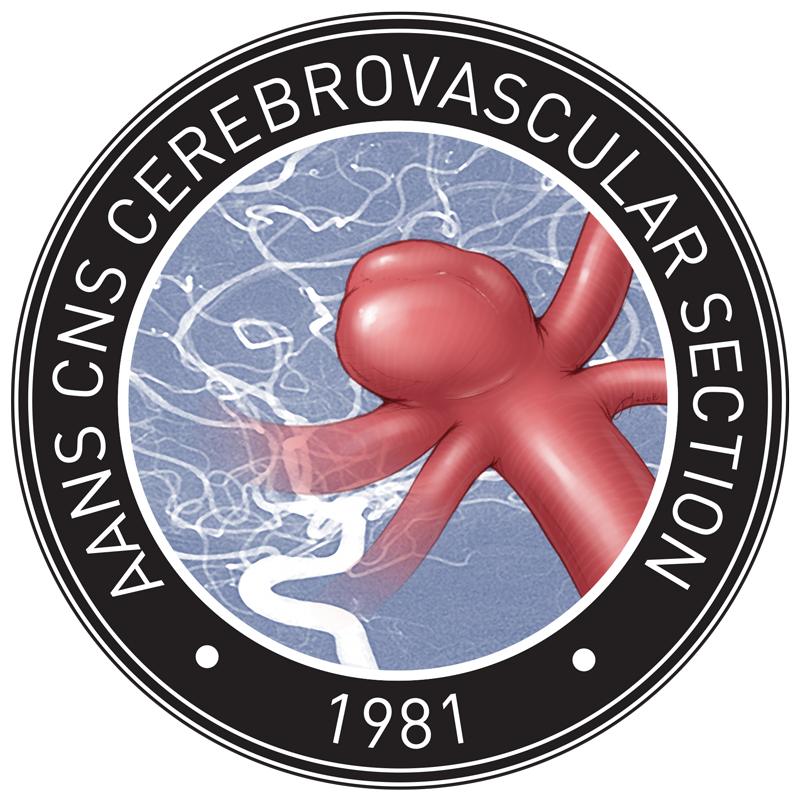Head positioning in acute stroke

What is the ideal head position in the setting of an acute stroke? Does lying flat increase cerebral perfusion and improve clinical outcome? A recent study published in the New England Journal of Medicine assigned over 11,000 patients with an acute stroke, 85% ischemic, either a flat or a sitting-up position with the head elevated at least 30 degrees.
The position was maintained from admission (at a median of 14 hours from stroke onset) for 24 hours. Disability, as measured by the modified Rankin score at 90 days, was the main outcome measure.
Patients randomized to the lying flat position were less likely to maintain that position. There was no difference in functional outcome between the 2 groups at 90 days. Laying flat did not increase the rate of serious side effects such as pneumonia.
Interestingly, the trial also included spontaneous intracerebral hemorrhage patients (approximately 8% in each group), but not subarachnoid hemorrhage.
The median NIHSS was 4 in each group. Of patients with acute ischemic stroke, about 30% had large vessel occlusion.
With exception of the head positioning, little information of the stroke management is provided. Did patients get IV tPA? Did some patients get thrombectomy (less likely with a median NIHSS of 4)? How were the cerebral hemorrhages managed? The majority of patients were outside the time window for any thrombolytic therapy by the time head positioning was initiated.
